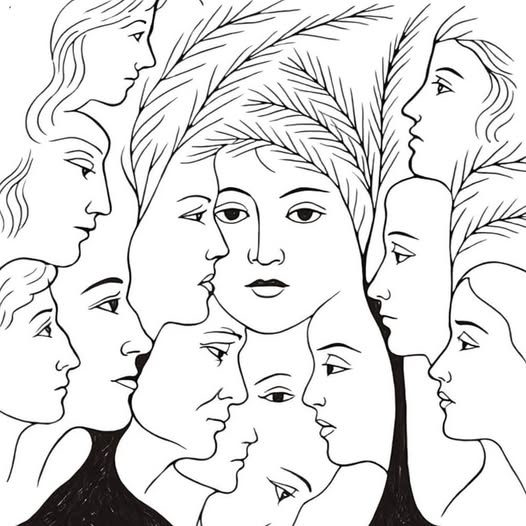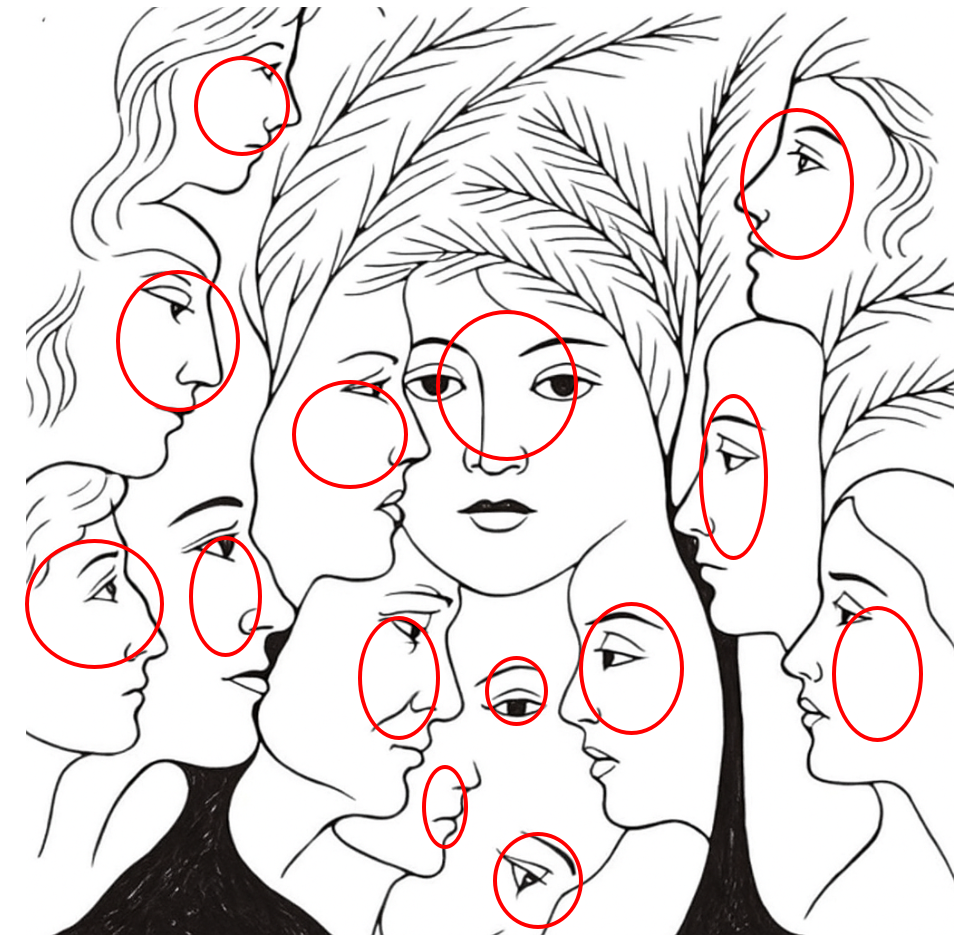Only 3% people can find all faces in the picture.
The Hidden Faces of Art: Exploring the Beauty of Optical Illusion Drawings
At first glance, the image above looks like a simple black-and-white sketch of branches and profiles. But the longer you look, the more you realize there’s something extraordinary happening. Dozens of faces emerge from the lines, blending seamlessly with the patterns, each one distinct yet interconnected. This kind of optical illusion art captures our imagination because it challenges how we see, reminding us that reality often depends on perspective. Let’s explore why hidden face illustrations like this one are so captivating and what they reveal about both art and the human mind.

The First Glance: More Than Meets the Eye
When you first look at this picture, you probably notice a few obvious faces. Maybe the larger one in the center grabs your attention, or the two symmetrical profiles facing each other along the edges. But with each passing moment, more faces begin to reveal themselves—some upright, others sideways, some hidden between lines that first appeared to be branches or shadows.
This is the beauty of hidden face art: it rewards patience and careful observation. The image changes depending on how closely you look, almost like peeling back layers of a mystery.
The Art of Illusion: How Hidden Faces Are Created
So, how do artists manage to hide so many details in plain sight? It all comes down to technique. By using negative space, flowing lines, and clever positioning, they disguise features like eyes, noses, and lips within natural shapes. A curve that looks like a branch may also be part of someone’s forehead. A shadow that blends into the background might actually be a cheek or jawline.
This blending is what tricks our eyes. Our brains are wired to recognize human faces instantly—a phenomenon called pareidolia. That’s why even when the details are incomplete, our minds fill in the blanks, allowing us to see full portraits where there might only be a few well-placed lines.
Answer:



